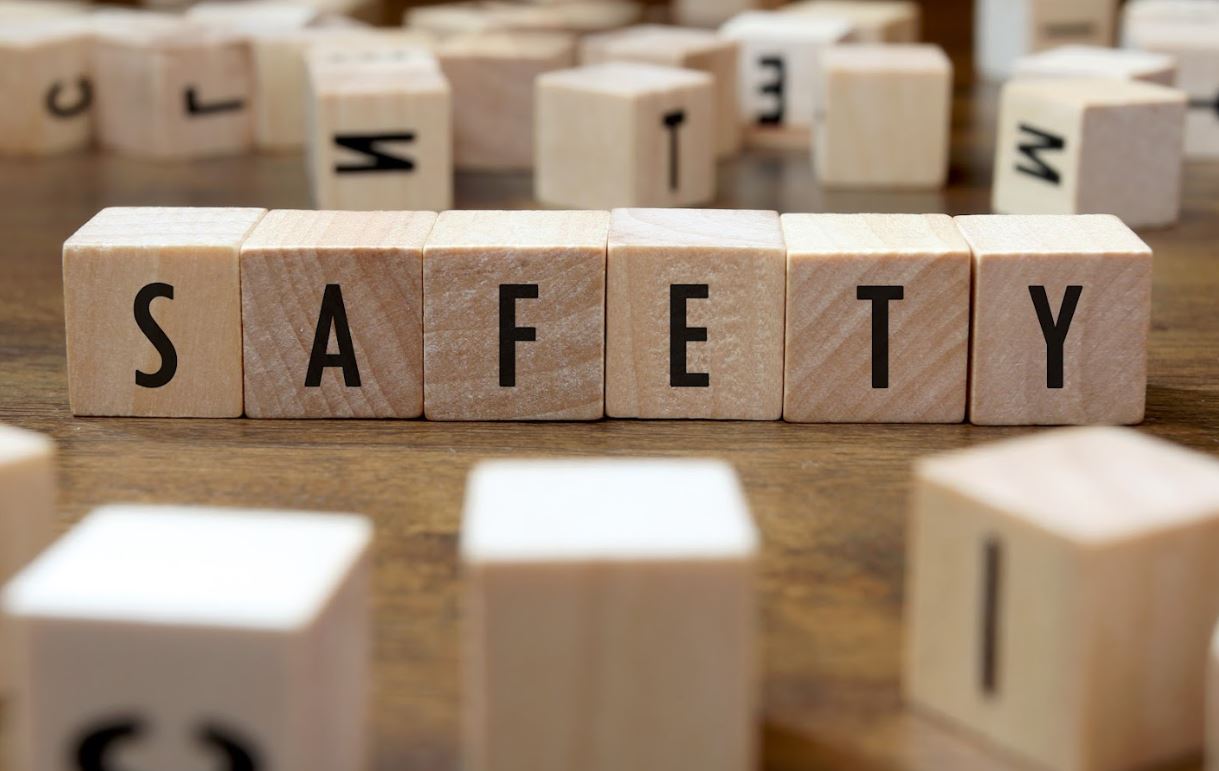Wood dust exposure: Are your controls working hard enough?

Ian Hatherly
October 2, 2025
3
min read
October is National Healthy Lung Month – four weeks dedicated to raising awareness and education about good respiratory health. For builders merchants, safeguarding your team’s lungs begins with recognising the risks, including the far-reaching impact of wood dust in the workplace.
Wood dust is a daily part of the job for most builders merchant employees. But seemingly harmless tasks – such as sawing, sanding, and dry sweeping – can produce airborne toxins linked to serious long-term health concerns.
Breathing in wood dust over time can trigger life-altering or potentially deadly conditions, including asthma, lung cancer, and chronic obstructive pulmonary disease (COPD). The Health and Safety Executive (HSE) estimates that, each year, 12,000 lung disease deaths are caused by historical exposure at work.
Standard controls such as personal protective equipment (PPE) and local exhaust ventilation (LEV) are a strong starting point, but managing wood dust hazards requires a committed, multi-layered approach. Poorly maintained extractors, ill-fitting masks, and low staff awareness levels can undermine even targeted safety strategies.
This blog ensures your compliance measures deliver the best possible benefits – and provides above-and-beyond solutions to tackle wood dust risks from all angles.
First things first: Understanding workplace exposure limits (WELs)
Under the Control of Substances Hazardous to Health 2002 (COSHH) Regulations, employers must protect staff from exposure to hazardous substances so far as reasonably practicable.
When dealing with wood dust, this means knowing the maximum concentration of airborne toxins that most people can be exposed to without suffering health issues. This is called the workplace exposure limit (WEL).
- Hardwoods like oak and beech have a higher potential to cause cancer. Their WEL is 3mg/m3.
- Softwoods, such as pine, carry a lower risk. Their WEL is 5mg/m3.
- According to COSHH rules, if wood dusts are combined, you must not exceed the lower WEL.
Assessing and mitigating wood dust risks
To identify wood dust exposure hazards within your business, begin with a detailed COSHH risk assessment by a trusted health and safety partner. The process will cover:
- Measuring the concentration of airborne dusts across various work areas and during high-risk tasks, such as sawing or sweeping.
- Comparing the measured concentrations to the HSE’s published WELs for each material. These limits typically specify the maximum allowable concentration over a particular period, such as an 8-hour work shift.
- Evaluating the duration and frequency of your workers’ exposure. Even if concentrations sit below the published WEL, prolonged inhalation could lead to health problems.
With a data-led summary of your wood dust risks, your consultant will outline ways to prevent particulates from entering and permeating the air. Recommendations may include:
- Install local exhaust ventilation (LEV) on woodworking machines to capture and remove dust at its source. Install an air flow indicator to gauge if your extraction equipment is working properly.
- Prohibit dry sweeping and compressed air lines within a mill or machining area.
- Instead, provide industrial HEPA filter or M Class vacuums to remove excess wood dust in areas that LEV extensions can’t reach.
- Provide appropriate PPE, such as FFP3 masks and gloves, for workers to wear when changing dust bags.
- In addition to using LEV, require employees to use face-fitted respiratory protective equipment (RPE) when sanding.
- Work with an occupational health specialist to implement a health surveillance programme, tracking exposure levels and the early signs of lung ill health.
Maximising wood dust protection
While LEV, PPE, and other controls provide a solid first defence against wood dust exposure, supplemental measures can enhance safety and reduce residual risks. As part of a comprehensive safety plan, these interlinked solutions deliver optimum protection against wood dust hazards:
- Face-fit testing creates a secure seal around the wearer’s nose and mouth and is legally required for all workers exposed to hazardous dusts, fumes, mists, gases, or vapours. Testing should happen annually or when RPE effectiveness might be compromised through events like weight loss, changes to facial hair, or higher exposure levels.
- Spirometry is a lung function test used to diagnose and monitor respiratory conditions. Administered by a trained occupational health practitioner, ongoing testing tracks declining lung function over time, detecting wood dust-related health issues before they affect long-term wellbeing.
- High-powered dust lamps illuminate airborne particles that are invisible in standard lighting. They can identify weak links in your LEV system, pinpointing ‘hot spots’ where dust accumulates to help you target controls more effectively.
- Air purification systems work hand-in-hand with your LEV system, filtering out harmful particles not captured at source. They lower the overall concentration of dust in your work area, safeguarding nearby employees who aren’t protected by PPE.
- Regular equipment maintenance keeps your LEV system in peak condition. After installation by a qualified professional, your system should be thoroughly examined every 14 months. Following your inspection, be sure to action the recommendations outlined in the auditor’s report.
- Hazard-aware housekeeping prevents dust from escaping during clean-up processes. Train employees to change dust bags when they reach two-thirds full and use an industrial vacuum cleaner to clear ledges and other surfaces to prevent dust accumulation.
- Staff safety training ensures every control is used effectively, teaching employees to recognise and act on risks, use equipment correctly, follow compliant working practices, and take ownership of safety excellence across your business.
Download our free white paper
Our latest white paper – Protecting long-term lung health: Practical plans to reduce workplace respiratory risks – shares the legal, operational, and people-related impact of workplace respiratory hazards.
Access your free copy to understand dust dangers in your workplace and unlock clear action plans to assess risk, prevent exposure, and improve safety outcomes.
To discuss your safety challenges with a safety expert in your sector, get in touch on 0330 043 4015 or email hello@opus-safety.co.uk.

Ian Hatherly
October 2, 2025
3
min read






